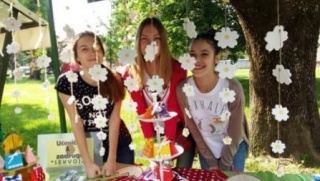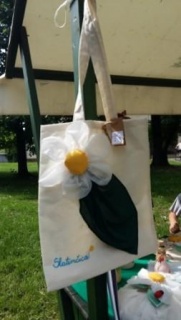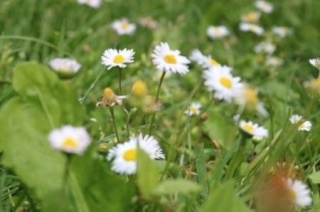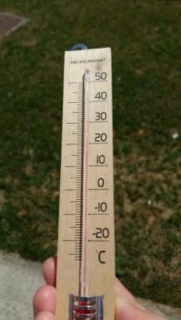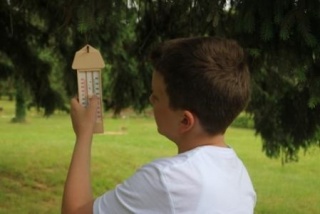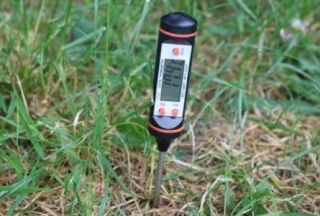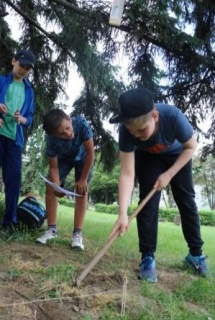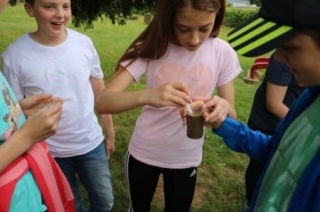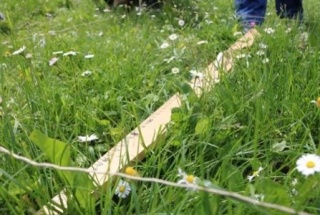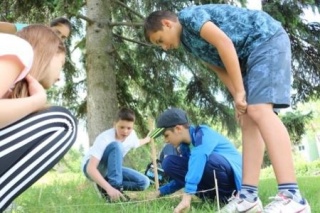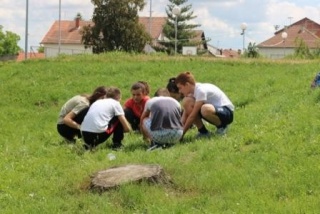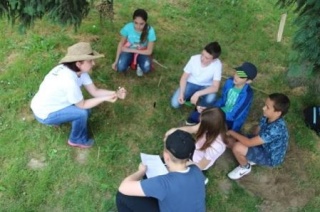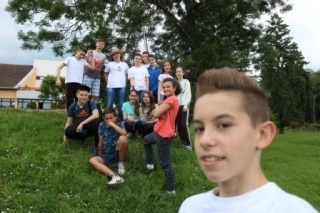| < | rujan, 2018 | > | ||||
| P | U | S | Č | P | S | N |
| 1 | 2 | |||||
| 3 | 4 | 5 | 6 | 7 | 8 | 9 |
| 10 | 11 | 12 | 13 | 14 | 15 | 16 |
| 17 | 18 | 19 | 20 | 21 | 22 | 23 |
| 24 | 25 | 26 | 27 | 28 | 29 | 30 |
Srpanj 2020 (1)
Lipanj 2020 (1)
Svibanj 2020 (1)
Travanj 2020 (1)
Ožujak 2020 (1)
Veljača 2020 (1)
Siječanj 2020 (1)
Prosinac 2019 (2)
Srpanj 2019 (1)
Lipanj 2019 (2)
Svibanj 2019 (1)
Travanj 2019 (1)
Veljača 2019 (1)
Prosinac 2018 (2)
Studeni 2018 (1)
Rujan 2018 (4)
Srpanj 2018 (1)
Ožujak 2018 (3)
Veljača 2018 (1)
Prosinac 2017 (3)
Studeni 2017 (2)
Links
Project forum
Website of the project
Općenito o projektu
Prvi meeting u Poljskoj
Agencija za mobilnost i programe EU
You Tube Channel of the project
Website of the project
Općenito o projektu
Prvi meeting u Poljskoj
Agencija za mobilnost i programe EU
You Tube Channel of the project
VIDEOS FROM THE MEETING IN CROATIA
25.09.2018., utorak
Daisy, in living conditions of the sunlit and shade area of the school’s lawn
During May in Slatina there is a traditional Flower Festival in which the members of our school’s cooperative actively participate. Theme of this year’s Festival was the DAISY.
Beautiful glabrous buds of this plant have become an inspiration for making applications and decorations out of various materials. The visitors of the Festival were able to see them in forms of different kinds of products that were exhibited on our school’s stand.
The story of this little, very resistant plant was rounded up with exploration of our school’s lawn. Thanks to its capacity of efficient adjustment to different kinds of living conditions, the daisy has found its place almost everywhere around us. Because of its beauty, people have manufactured decorative forms that are produced around the world. The species that provides the bee’s sustenance, it also has healing abilities and it is popular among people as the healer of pulmonary diseases.
Tasks: 1. Measure the parameters of the living conditions on the sunlit area and the shade area of the lawn 2. notice the connection of the habitat conditions to the adjustments of the plant species
1. task
Air temperature
Temperature of the soil at the depth of 5 and 10 centimeters
Ph value of the soil
Type of soil (clay, sand, loam, mould, red soil, brown soil)
soil moisture (moist, half-moist, dry)
2. task
Determine the numerical state of individual daisies on the given surface of 1m2;
Determine the size of the leaves surface on the given surface
Determine the position of the leaves in accordance to the soil (above the soil, right next to the soil)
Determine the numerical state of individual glabrous buds on the given surface
FIELD WORK
By using the thermometer, we measured the air temperature in the sunlit area and in the area of the shade. Air temp. of the sunlit area: 33*C; air temp. of the shade area: 24*C.
Temperaturu tla na različitim dubinama izmjerili smo ubodnim digitalnim termometrom/ Temperatre of the soil was measured at different depths with the digital prick thermometer. Osunčano područje/Sunlit area: Temp. tla na 5 cm = 27.3*C / 10 cm = 21.0*C Sjenovito područje/ Shade area: Temp. tla na 5 cm = 19.8*C / 10 cm = 17.3*C
Using gardening tools we dug out a certain amount of the soil and determined:
Ph value of the soil by using ph strips, type of ground and its moisture by observing.
pH vrijednost tla/ph value of the soil - uzorak iskopanog tla smo stavili u staklenu čašu i prelili ga destiliranom vodom. Nakon miješanja u čašu smo unijeli pH traku/ we put the sample of the soil that we dug out in a glass and poured in distilled water. After mixing, we put in the ph strip. Rezultat/Result: pH tla/ground = 6
Analiza biljnog pokrova: Tratinčica (Bellis perennis L) Podijeljeni u dvije grupe uočili smo dva područja travnjaka - jedno koje je pod intenzivnim djelovanjem Sunčeve svjetlosti i topline i drugo, u cjelodnevnoj sjeni. Pomoću ravnala izmjerili smo površinu od 1 m2 a zatim ga obilježili štapovima i konopcem.
Analysis of the plant cover: Daisy (Bellis perennis L)
Divided into two groups we noticed two areas of the lawn: one that is under intense effect of sunlight and the other that is in daylong shade.
By using a ruler, we measured a surface of 1 m2 and then marked it with wooden sticks and rope
Analiza biljnog pokrova/Analysis of the plant cover: Daisy Tratinčica (Bellis perennis L.) Područje travnjaka u cjelodnevnoj sjeni/ Area of the lawn in daylong shade
Nakon obilježavanja područja, započeli smo analizu brojčanog stanja jedinki tratinčice (Bellis perennis L.) i cvati na oba područja travnjaka/ After we marked the area, we started with the analysis of the numerical state of the flower buds on both areas of the lawn. Osunčano područje /sunlit area Sjenovito područje/shade area
After we were done with counting, we determined:
On the sunlit area of the lawn, total amount of daisies is 57 and the number of all the buds altogether is 143
In the shade area of the lawn, total amount of daisies is 9 and the number of all the buds altogether is 14
LEAVES
By using the ruler, we determined the avreage length and width of the daisies that live in the sunlit and shady habitat.
Position of leaves: right next to the soil
Sunlit area: size of leaves – width: 1cm, length: 3 cm
Area in the shade: size of leaves – width: 2 cm, length: 3,8 cm
The numerical state of individual glabrous buds and daisies is by far bigger in the sunlit area than the area of the daylong shade. The plant on the lawn of our school shows heliophillous properties.
Leaves of the daisy in the sunlit habitat are fewer than the leaves in the shady habitat which shows the excellent ability of the plant to adjust to certain hard living conditions. The smaller the leaf the more the plant has to do the transpiration and guard the precious water in the conditions of a drought. In the shade where the temperature is lower, moisture of the soil retains longer and this is why the leaf is bigger because the plant does not have to adjust to such conditions.
The position of the leaves is the same in both areas, they are right next to the soil which is an excellent adjustment to mowing the lawn. After the mowing, most of the plants take long to recover because of the damage done to the above-ground sections, but this is not the case with the daisy because its leaves are so close to the soil and they are left untouched after the mowing and able to grow and do the photosynthesis.
According to the ph value of the soil it is moderately acidic which tells us that it is of low quality because the process of acidification is very harmful ( causes compaction and poor drainage, heavier processing and mineral rinsing). The soil is brown, poor in humus and dry which did not stop this species from adapting to such conditions and its use of the best out of the environment necessary for its survival.

